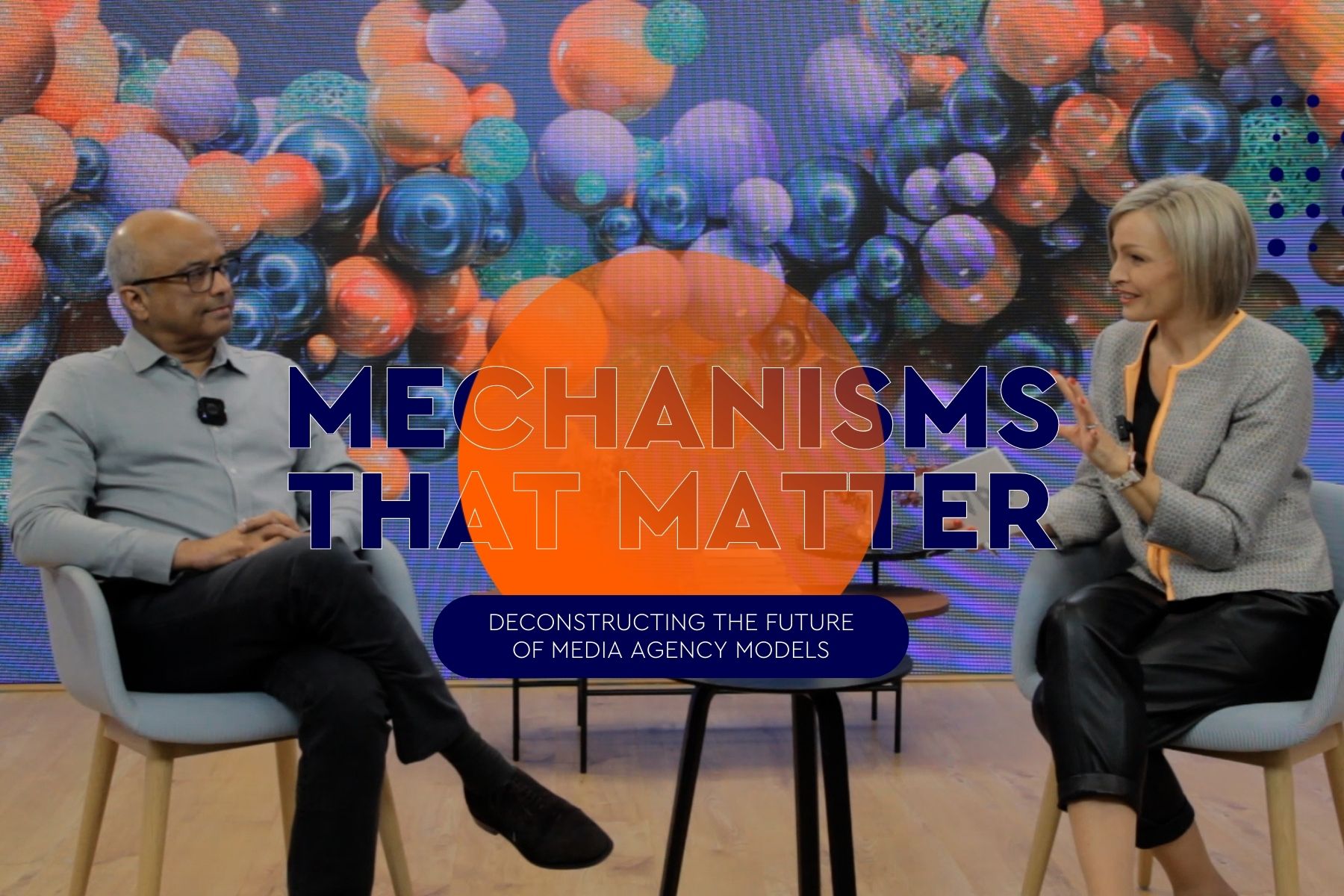X

Tackling our gender pay gap
How WPP is working to accelerate the development of female leadersWPP aims to create an environment in which everyone is treated equally and has the same opportunities to develop in their career. We believe that greater diversity, inclusion and gender balance leads to more rewarding and successful workplaces.
In 2017, the UK Government introduced new regulations requiring all UK companies with 250 or more employees to report their gender pay gap information on an annual basis. Across the group in the UK we have a gender balanced workforce: 51% men and 49% women. However, there are fewer women at the senior executive level, where pay is highest, and as a result we have a gender pay gap.
A gender pay gap is the difference between the average earnings of all men and women in an organisation. This is a separate issue to equal pay, which is the legal requirement for people carrying out the same or similar work to be paid equally, regardless of gender.
WPP and our operating companies have invested in a range of programmes designed to encourage and accelerate the development of female leaders. We promote inclusive working practices and support our companies’ efforts to increase diversity of all kinds through best practice in recruitment, training, mentoring, parental leave and flexible working.The ultimate goal is equal representation at the most senior levels of our organisation
Nonetheless, in common with the wider marketing services industry, we need to do more to change the profile of our leadership teams if we are to close our gender pay gap. We are working hard to achieve that.
Our aim is to make year-on-year improvements in our record by pursuing the ultimate goal of equal representation at the most senior levels of our organisation.
Improving these statistics is not only a matter of fairness, but a business imperative. Companies with greater gender balance in their leadership teams do better than the competition. They attract the best talent and are more effective at creating work that connects with all consumers.
We have put in place a number of initiatives designed to bring about change. These include schemes within our operating companies and at the group level, as part of our broader commitment to creating more inclusive workplaces with greater gender, ethnic, LGBT and age diversity.
Group-level initiatives
In 2015, we launched WPP Stella, a senior leadership and networking group in the UK that aims to help develop and accelerate the careers of our current and future female leaders, tackle barriers to progression and spread best practice. One of Stella’s projects in 2017 was WPP’s new Family Friendly Guidelines and Parent Portal, which we created to help our UK companies implement best practice maternity, paternity and flexible working policies.
Also in 2017 we began rolling out Walk the Talk, an intensive coaching programme for women that has been highly successful within one of our operating companies and we are now expanding to the wider group.
For more about our group-level and operating company schemes, and our gender pay gap figures for 2017, download our full Gender Pay Gap Report.
Read WPP’s 2017 gender pay gap report (PDF 1.61MB)
published on
19 July 2018
Category
More in Communications

Mechanisms that Matter – How India is fuelling growth for global brands
CVL Srinivas tells Anna Hickey how WPP Open is fuelling a testbed for new working models, innovation, and automation.

Media in India: the future is now
Brands pursuing the Indian market must focus on personalised experiences and data-driven strategies

Mechanisms that Matter – Inside our partnership with Google
Richard Hartell, WPP’s Global Client Lead for Google and CEO at Media Futures Group, talks to Anna Hickey

